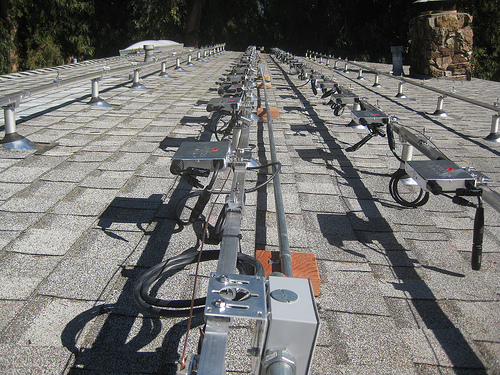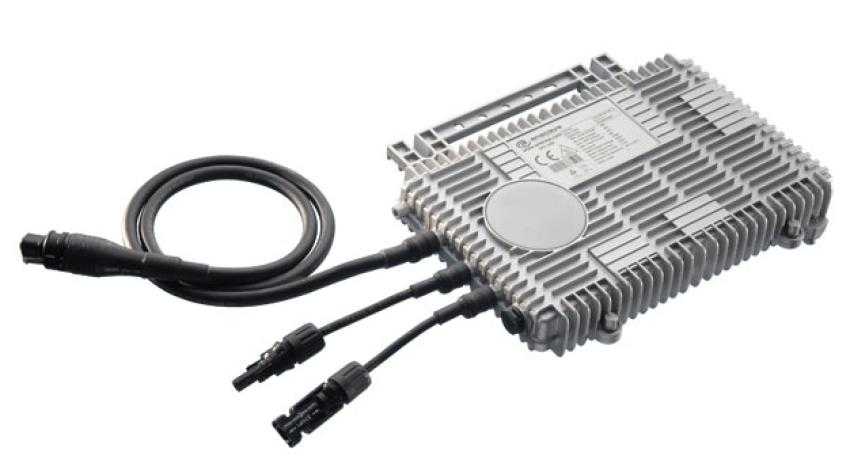What are micro-inverters
Solar micro-inverters, like their big brothers string inverters, convert the direct current (DC) electricity that solar panels produce to the alternating current (AC) energy we use to power our electronics. The difference is that they’re smaller.
Instead of converting electricity from an entire solar array or big groups of panels in a solar farm at once, micro-inverters convert DC to AC one or two panels at a time.
Advantages
Micro-inverters are known to increase solar system efficiency by 5 to 25 percent. The reason is that they are concentrated on one or two panels instead of 100, so they can fine-tune a panel’s output. If there is a problem with one of the panels attached to a string inverter, it can greatly diminish the output of the entire system, depending on the inverter and how it’s configured.
Many modern micro-inverters can send feedback to the system owner about specific panels that are underperforming. Micro-inverters also keep one or two damaged or shaded panels from impacting the entire system’s output.
Newer technology
While micro-inverters have been around since the beginning of the solar industry, they weren’t functional for a long time. It wasn’t until Enphase released its M175 model in 2008 that micro-inverters became a viable option for solar installations. They have remained more expensive than string inverters, however, which means installers and owners have to carefully weigh the costs and advantages of going with a micro-inverter system over string inverters.
 They often make sense for larger installations because of the individual panel feedback and greater control they offer. And even a 5 percent output gain can add up to make the cost differential worth it.
They often make sense for larger installations because of the individual panel feedback and greater control they offer. And even a 5 percent output gain can add up to make the cost differential worth it.
Advances
While they’re still more expensive than string inverters, micro-inverters are gaining a lot of momentum and have been the prime target for a lot of recent research and development activity aimed at reducing the overall cost of solar while increasing its efficiency. Companies like Enecsys, SolarBridge and SolarEdge are working on new technologies along with a collection of startups seeking and winning venture capital.
It’s not unreasonable to expect that micro-inverters will soon outpace string inverters in the solar industry.




